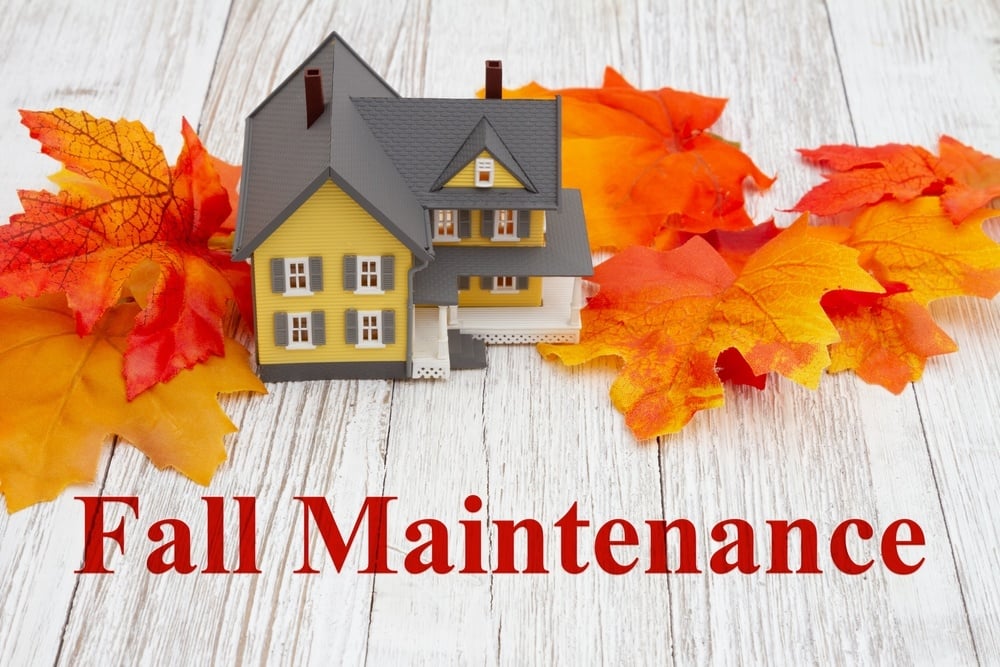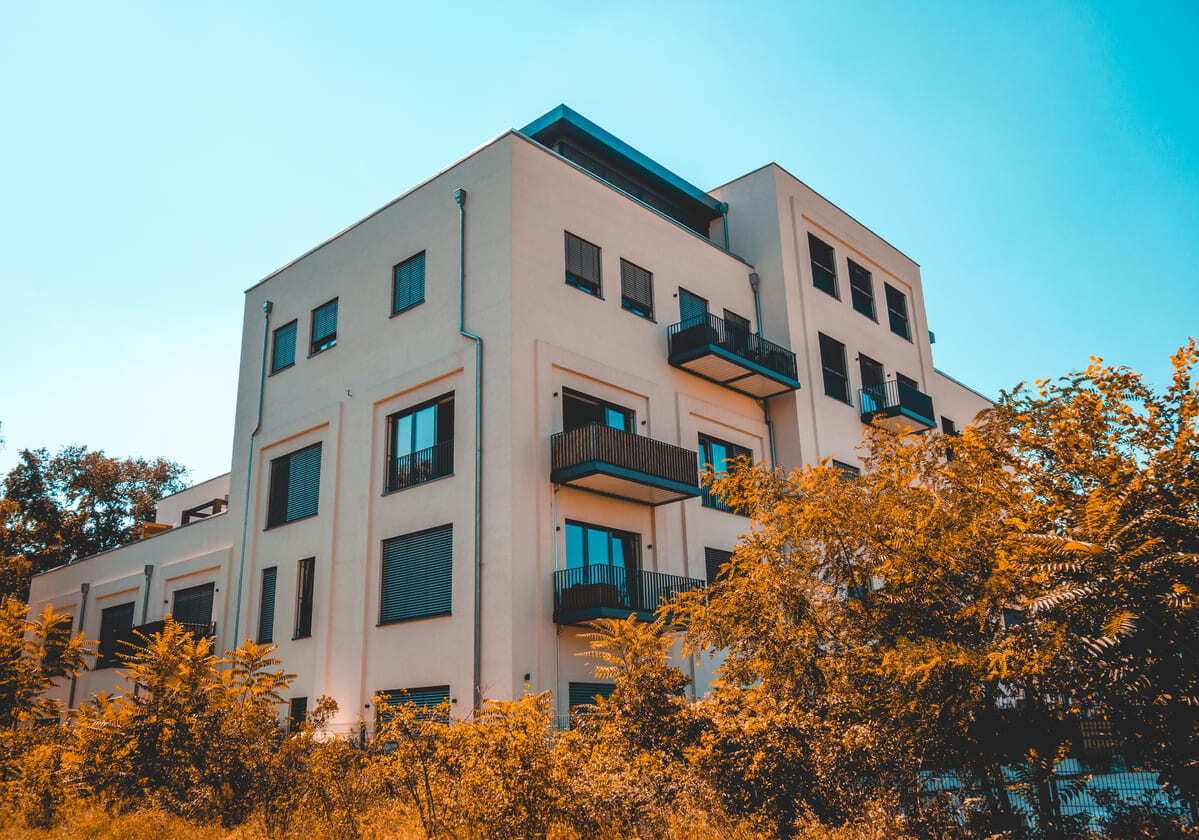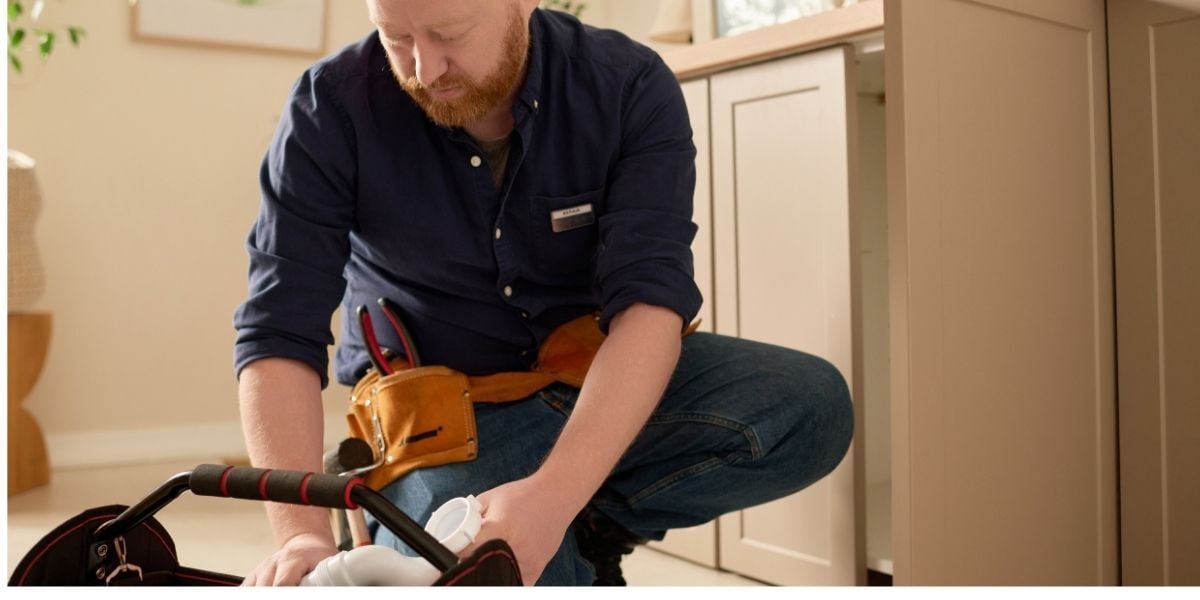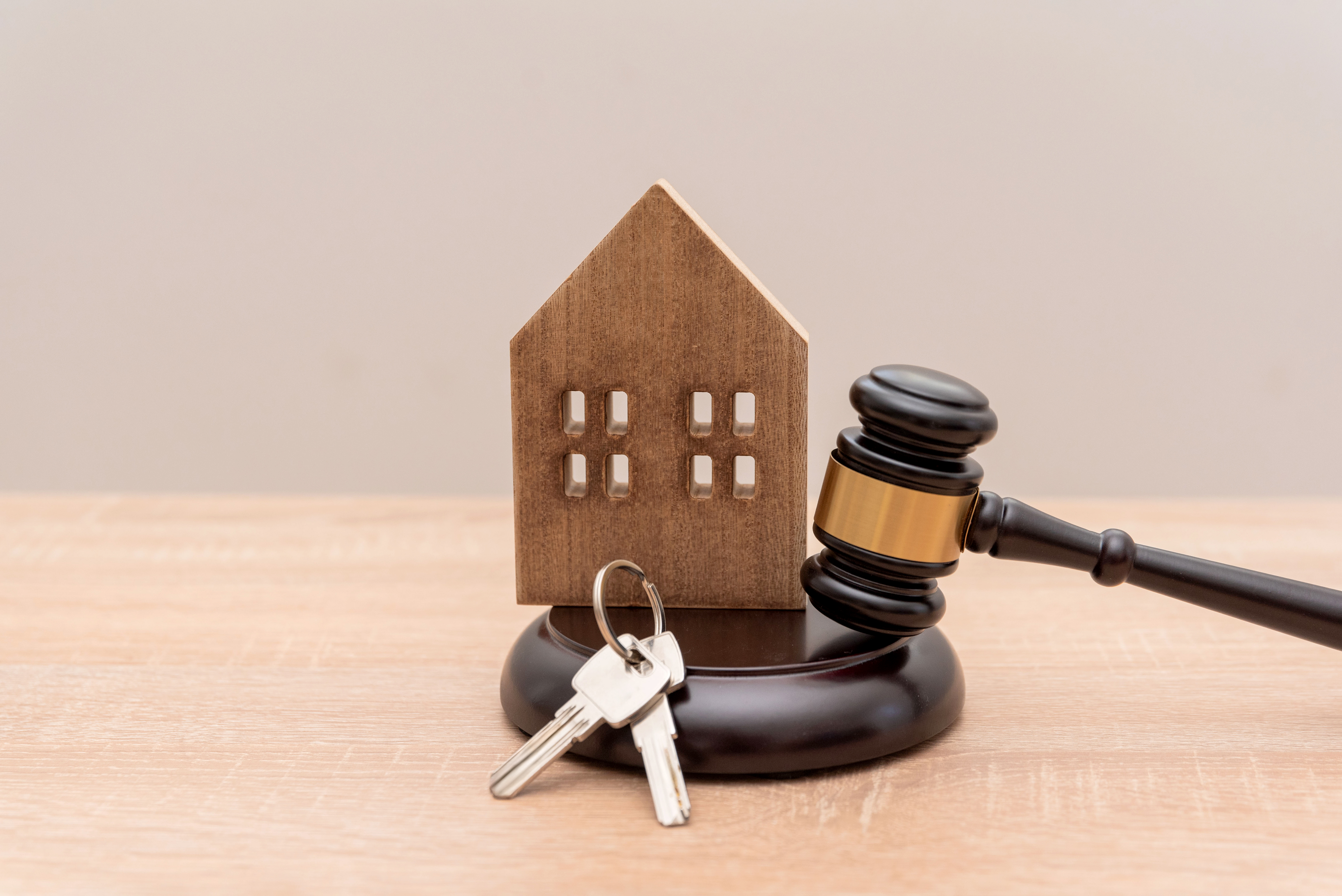
Fall marks the transition to colder months. As the days grow shorter and summer bids goodbye, investment property owners should be busy setting up and completing a maintenance schedule to prepare the property for the colder and harsher seasons. The investment property, its owner, and residents will be ready for the upcoming winter weather by including the following items in a fall maintenance checklist.
Clean Out Gutters & Downspouts
The property’s gutters (and downspouts) take some of the hardest beatings during the fall and winter seasons. Even those geographical areas not prone to heavy snow will experience sudden drops in temperatures, plus the addition of ice and snow, even if only temporary.
If the gutters are clogged from leaves, twigs, and other substances, ice can form a dam in which water builds and backs up – ultimately with the potential to cause thousands of dollars in damage to the rental property.
The ideal time to remove the debris from gutters and downspouts is near the end of the fall season, as this is the time when most of the leaves and dead tree branches/twigs have fallen.
Multi-Point Roof Inspection
Inspecting the investment property’s roof during routine fall maintenance might be arguably among the most vital property maintenance fall tasks. Before the first winter frost or snowfall, inspect (and repair) the roof for holes or missing shingles that may create an internal leak in the home.
Falling leaves and branches, plus the building of snow and ice (at times), put tremendous weight on the roof. A roof in need of support or in a weakened state may not be able to withstand the extra weight and cause significant damage to the property.
But note even the smallest of leaks can pool enough water for mold to grow and even for it to cause an electrical short. And problems can grow to cause significant (and costly) issues, especially as the weather grows progressively colder.
Winterize/Clean up the Property’s Landscaping
Like the property's roof, ice and snow can weigh down trees and vulnerable branches. So, tree limbs and bushes need to be trimmed to reduce the risk of falling branches, which may cause damage to the rental property or someone living or visiting the property. Additionally, outdoor furniture and other items should be appropriately covered or stored for the winter to avoid the hassle of cleaning them next spring.
Seal Doors & Windows
Sealing the cracks in the investment property’s windows and doors helps reduce airflow and is one of the least expensive maintenance tasks. Air leaking from poorly-sealed doors and windows will make it uncomfortable for residents and likely cause them to put a strain on the HVAC system needlessly, just to keep the home at a comfortable temperature.
Visually inspect the door and window frames throughout the property (inside and outside) for air leaks and other openings. If necessary, place weather-stripping and door sweeps (or caulking, where applicable) to seal off the leak. While foam caulking can last a decade, it is often replaced sooner if it looks like it has passed its useful life.
The United States Department of Energy notes that a window that is improperly sealed can cause 25-30% of heating energy loss. Ultimately, sealing cracks and leaks reduces both heating bills in winter and cooling costs in the warmer months. And this simple task usually pays for itself as it can help save on heating costs in the winter months.
Winterizing Outdoor Systems
If the investment unit has any outdoor faucets or hoses, these must be winterized to prevent freezing water from bursting the system. Frozen pipes can burst and create tremendous problems and costly damage. The process is not difficult, although it requires draining exterior pipes and shutting off valves before the freezing weather arrives.
Schedule an HVAC Inspection & Service
When fall arrives, it is an ideal time to have the furnace and related machinery checked and cleaned. Ensure that the filters are changed before the heating season begins. There are several important reasons to have an annual HVAC service:
- Ensures the system is working at optimal capacity
- Helps the system run more efficiently, thereby reducing energy costs and the property’s carbon footprint
- Helps to extend the furnace’s useful life
Chimney & Fireplace Inspection
Before the official heating season begins, it is important to inspect the property’s chimney and vents. If there is a fireplace on the property, it should be checked and cleaned (for important safety reasons) to make sure there are no obstructions to airflow before it is used.
Test the Smoke Alarms & Carbon Monoxide Detectors
Smoke alarms and carbon monoxide detection devices are important fire and safety features of the property. And because the heat will be on, and the fireplace will be used more regularly, it is essential to test this safety equipment in the unit during the fall.
Pest-Proofing
Autumn is when outdoor critters (squirrels, mice, etc.) are looking for winter getaways – on your property. Most prefer the attic, chimney, crawl space, and other more hidden, out-of-the-way areas. Before the weather turns cold, inspect these areas for gaps and other openings that pests can use as an entrance to their winter home.
These gaps can be with caulk or weather stripping. But to discourage raccoons and squirrels (and other animals) from staking a claim in the basement or attic, you can install metal screening over those points that may be vulnerable.
Securing Snow Services
If the investment property is in an area that receives significant snow, it is important to plan early for how you will handle this property's responsibility. If you plan on using a snow removal service, the earlier you contract for this, the more likely you will get a reliable, cost-effective choice.
The Bottom-Line
Deferred property maintenance is not optional as it ensures the physical property (and the investor’s equity) does not succumb to unforgiving winter weather elements.










